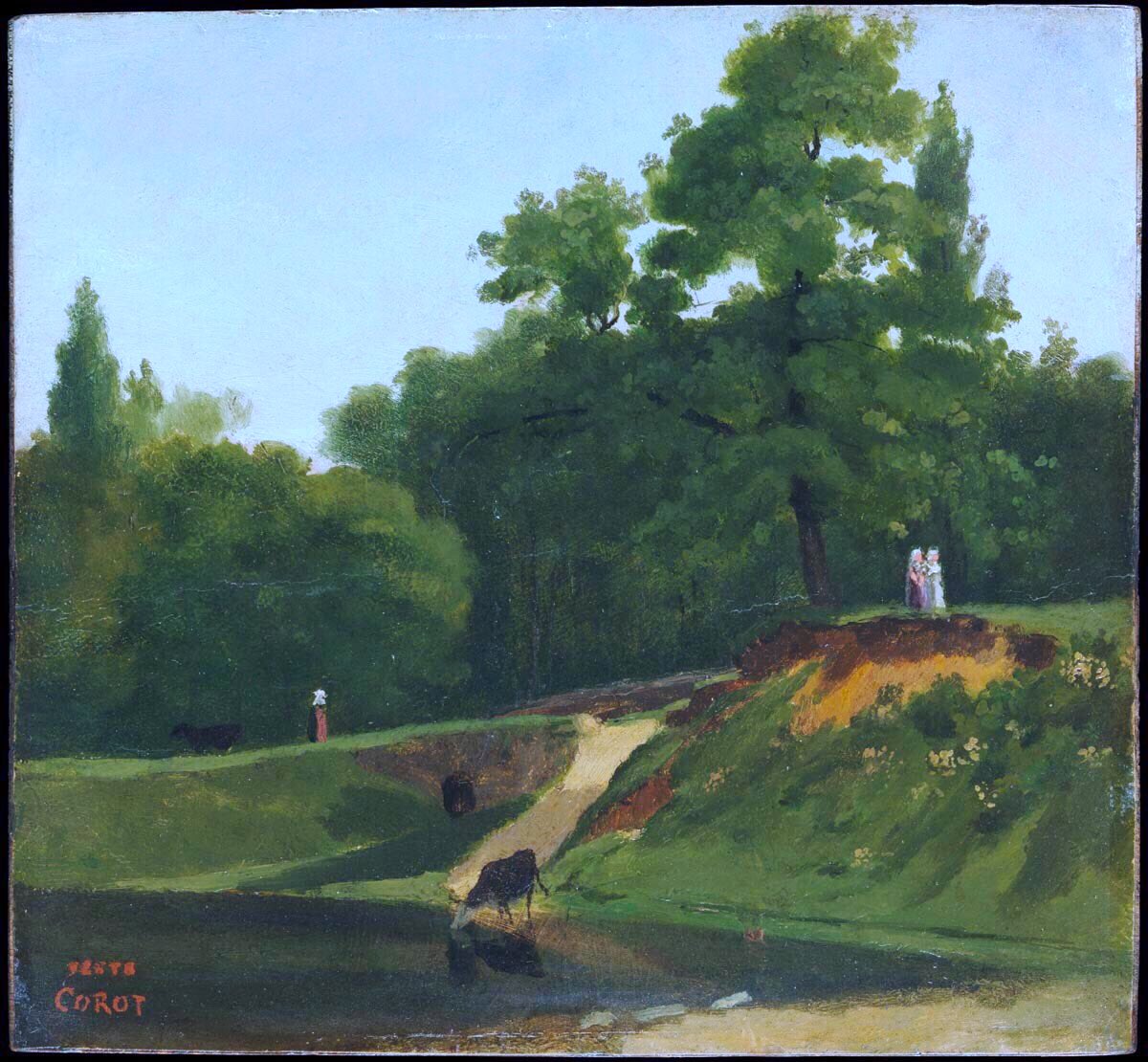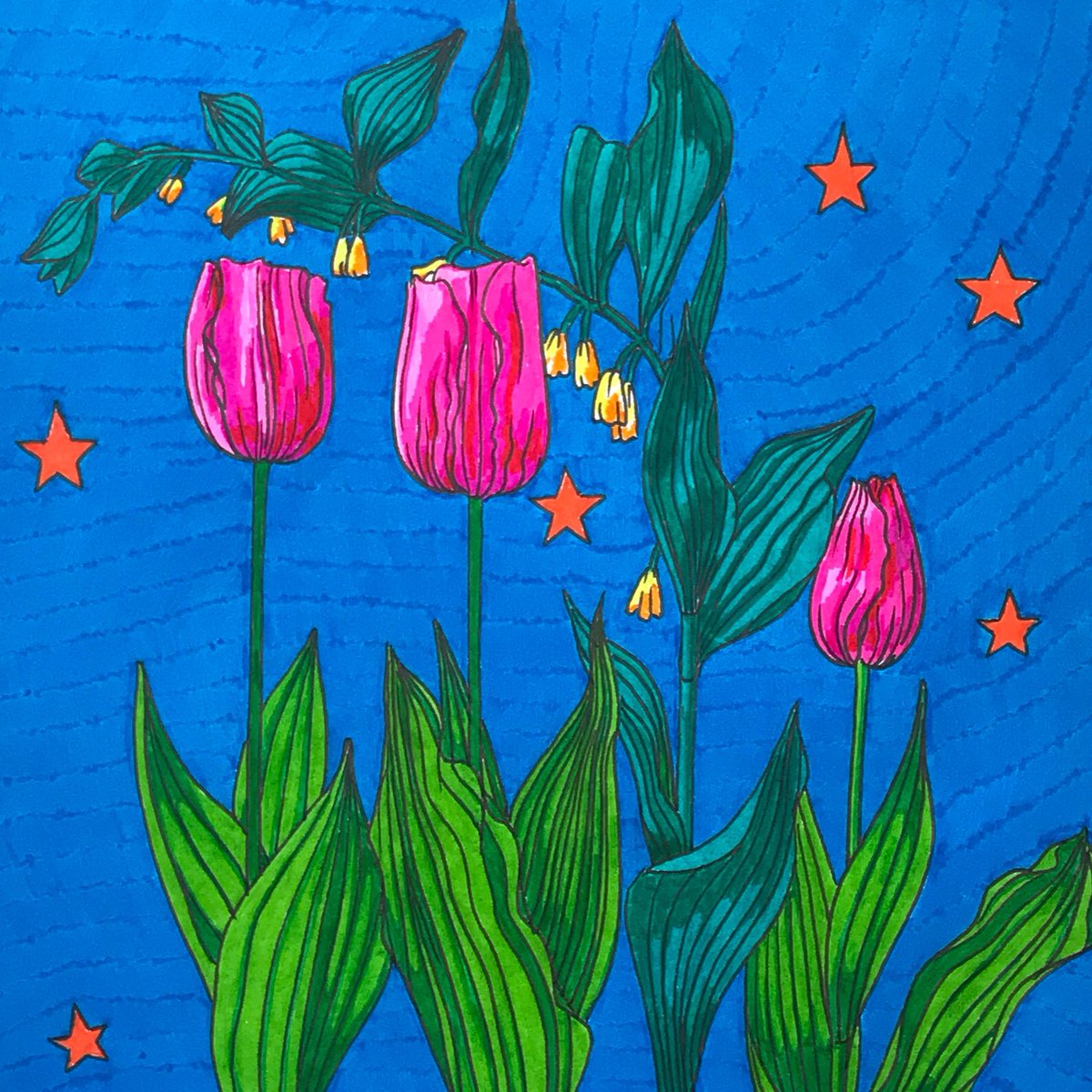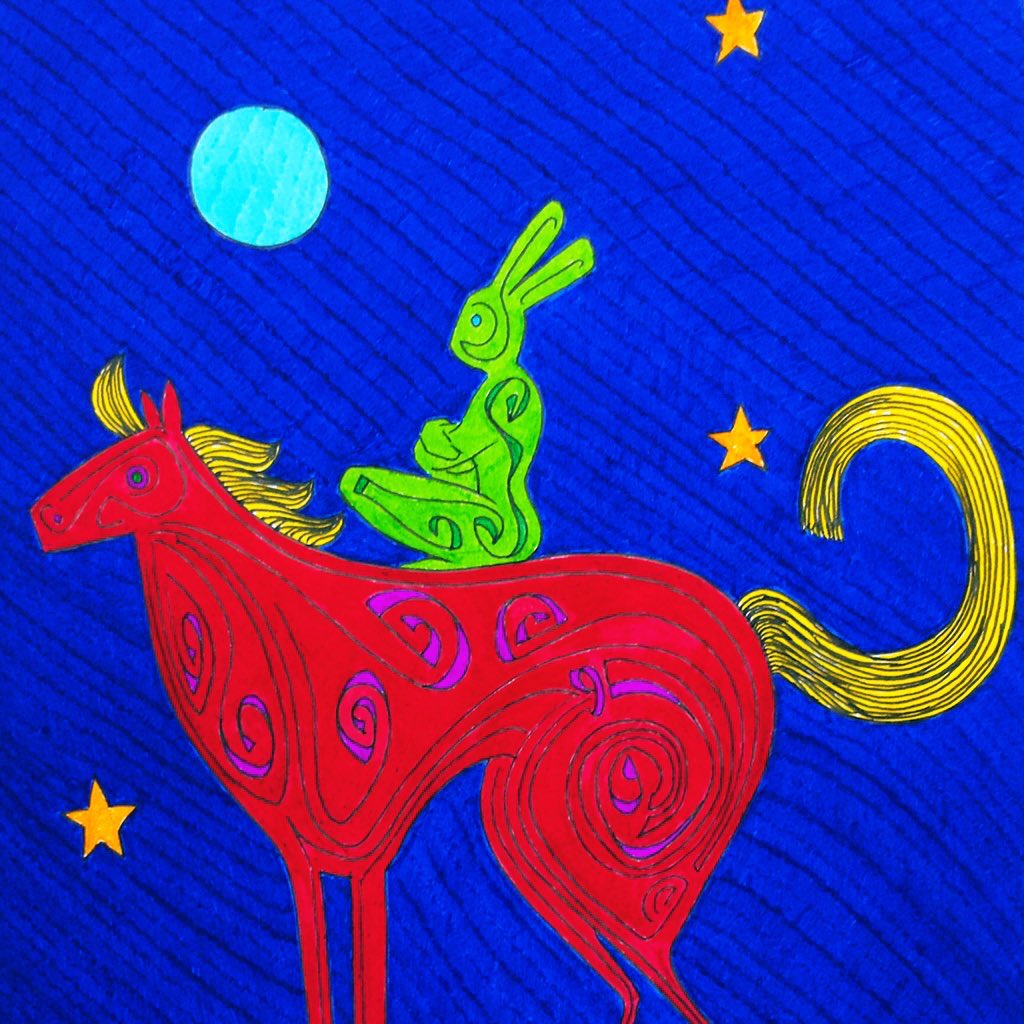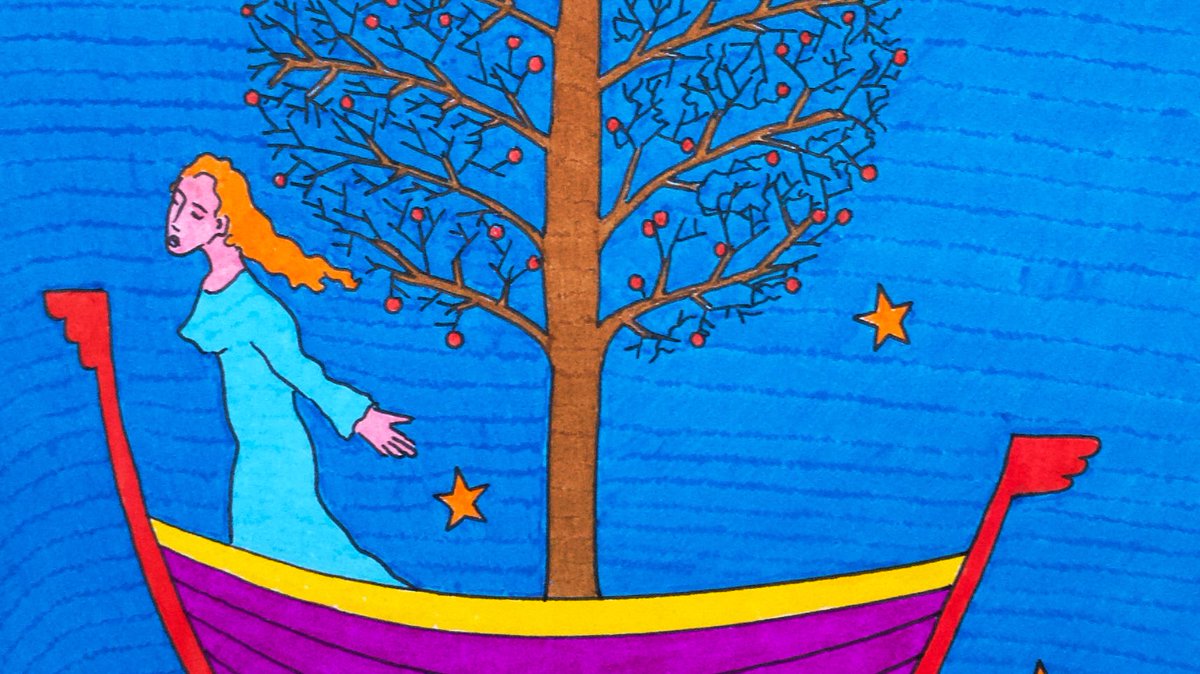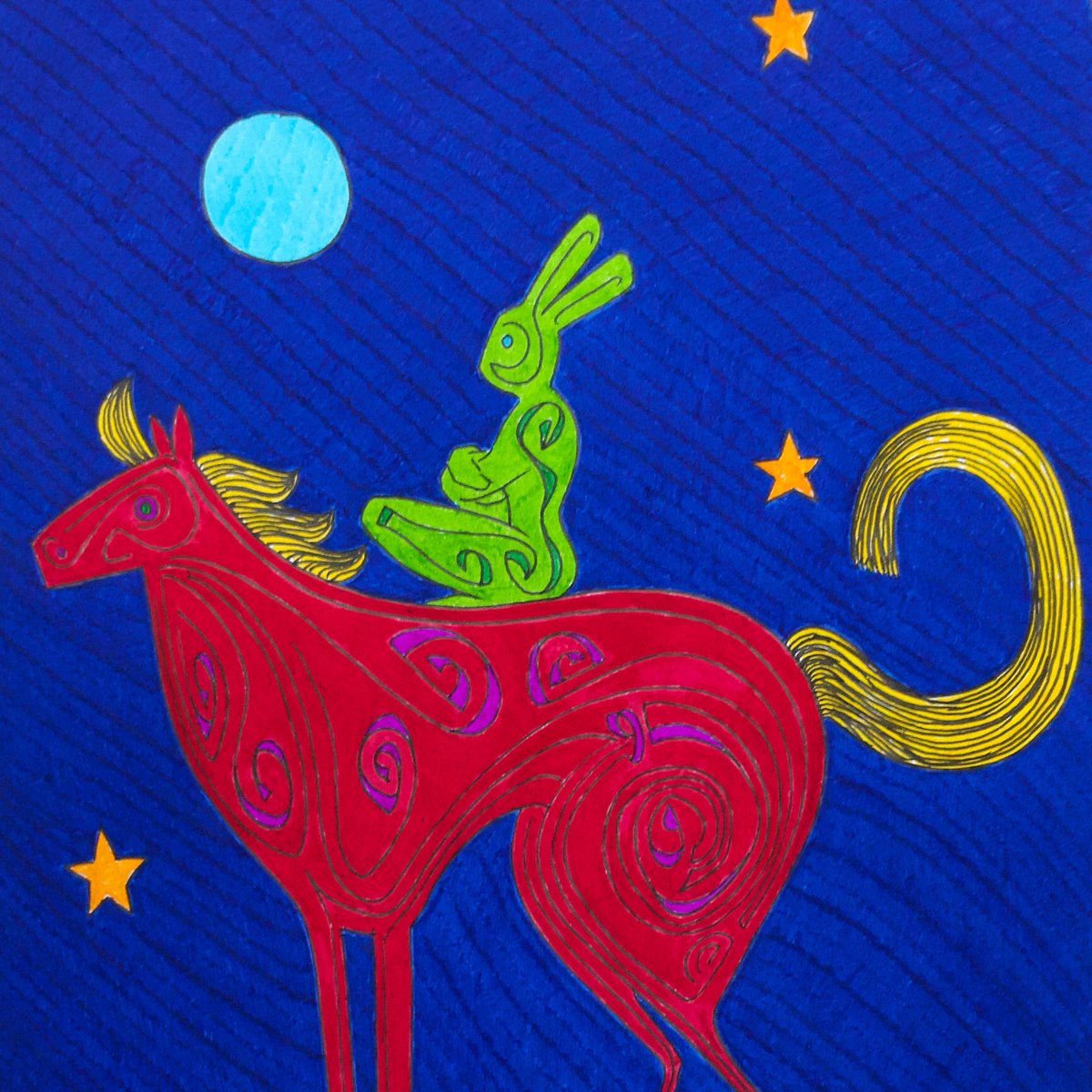
Thread: In Ireland, for some 2000y, there were laws relating to trees & woods. This was because of their economic, spiritual & cultural importance. The history & traditions associated with them are relatively unknown, so let’s take a brief look!
Reenadinna, Killarney
Reenadinna, Killarney
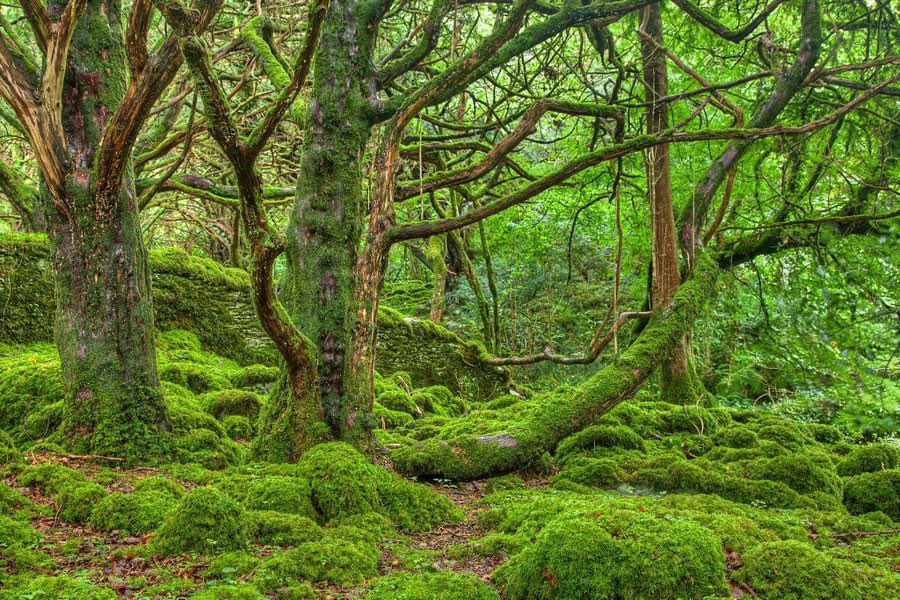
Trees were valuable commodities to our ancestors, not least because of gradual deforestation by the Gaels, themselves. They were employed for firewood, building, furniture making, smelting & other uses. Thus their value, ancient regulation & associated fines for theft or damage. 

Here’s an overview of my art. I explore the natural & subconscious worlds in my work & you can purchase presentation drawings in my Etsy shop
https://twitter.com/robertbohan/status/1361370286420094976
The Irish tree-list (tree laws) divides native trees into 4 classes based on their economic importance: Nobles of the wood, Commoners, Lower Divisions & Bushes. Like much else in early medieval Gaelic society, class hierarchies were used at the time. 

Amongst the Nobles were Oak, Ash, Hazel, Holly, Yew, Scots Pine & Wild Apple. Oak was due to its acorns (mast) for pigs & its flexibility for timber. It was also used in tanning of leather. Hazel gave nuts for food &, when coppiced, rods for house walls & fences. Cratloe, Clare 

Holly was occasionally used for winter feed for cattle & also it’s strong timber could be used for axels & spits. Yew, a difficult timber to work, was employed in making important artefacts (boxes, reliquaries etc). Later it was used for bows (Holly) 

Ash was for furniture & oars as it had some give. Nowadays it’s the chosen wood for hurleys. It was also used for fodder & building. Pine was for resin & the central pole of a house to support a roof. It was believed extinct but a small population has been rediscovered (Pine) 

Commoners were Alder, Willow, Hawthorn, Mountain Ash, Birch, Elm & possibly Bird Cherry. Alder was used for shields & willow was employed in basket making as well as building when coppiced. Others produced foodstuff (Rowan) 

Lower Divisions included Blackthorn, Elder, Spindle, Whitebeam, Arbutus, Aspen & possibly Juniper. Sloes from Blackthorn & flowers/berries from Elder were a foodstuff or a basis of cordials. Spindle was, as it’s name suggests, for spinning. (Elder) 

The only indigenous Irish tree is the Irish Whitebeam as it’s found only on the island of Ireland. It has lovely lollipop shaped leaves with dense white furry undersides. It’s cousin is the Rowan (Mountain Ash) & it’s fruits were probably used in the same way. (Irish Whitebeam) 

Arbutus or Strawberry Tree is a Hiberno-Lusitanian plant & grows native in Ireland, Brittany & Lusitania. It is now restricted to mostly SW Ireland but is believed to have once been more common in the South & West. It can be used as a cordial. (Arbutus) 



Bushes were Bracken, Bog-Myrtle, Gorse, Blackberry, Broom & possibly Wild Rose. Bracken was once an economically important fern & used to wrap fish & the fiddle heads could be eaten. Research shows it to be carcinogenic, so don’t eat it! (Bracken fiddleheads) 

Bog Myrtle has the most amazing & beautiful scent. Any botanist worth their salt sticks a frond in their hat, which wards off midges. It may have been used in early medicine but we know little of it from the Gaelic records. (Bog Myrtle) 
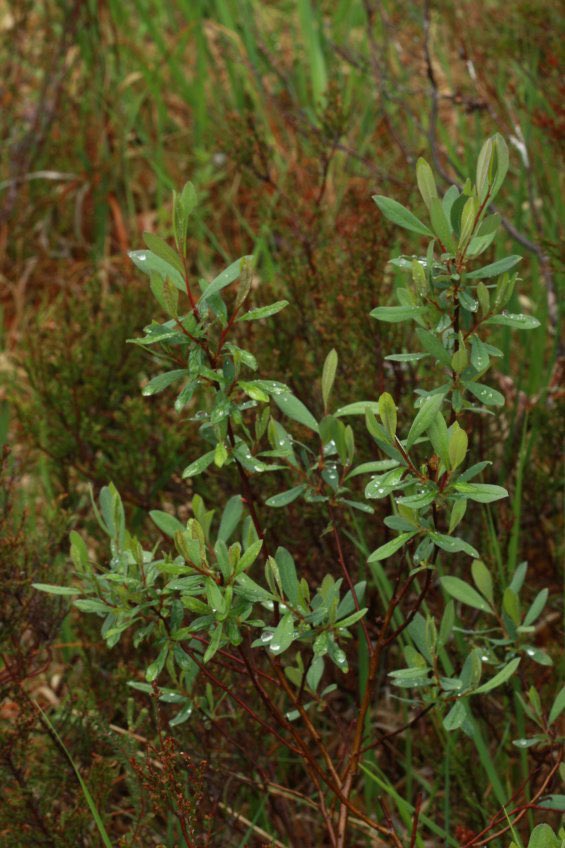
There’s an Irish saying that ‘kissing is out of season when gorse is out of bloom’ because it flowers throughout the year. It may have been used to create enclosures & it’s petals for cordials. Both Blackberry & Rose would have been prized for their berries/hips. (Gorse) 
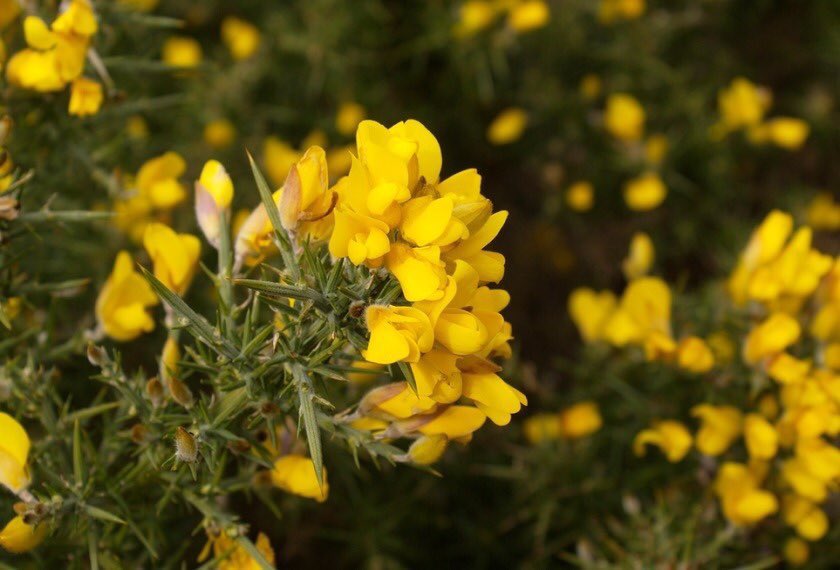
Some records also add Ivy & Rushes/Reeds. Ivy was used for winter fodder & Rushes were strewn on floors - they were also used to create wicks. Reeds were farmed & used for thatching roofs. (Reeds) 

Fines for damages to these trees & plants were decided based on their hierarchy. Cutting down someone else’s willow would cost you a milch-cow, for instance. Stripping bark was illegal too. (Willow) 

If someone stripped the bark from your tree they were obliged to cover the wound with a mixture of clay, cow dung & milk. Higher fines were accorded to sacred trees. Many sacred trees or sites have been appropriated by Christianity. 
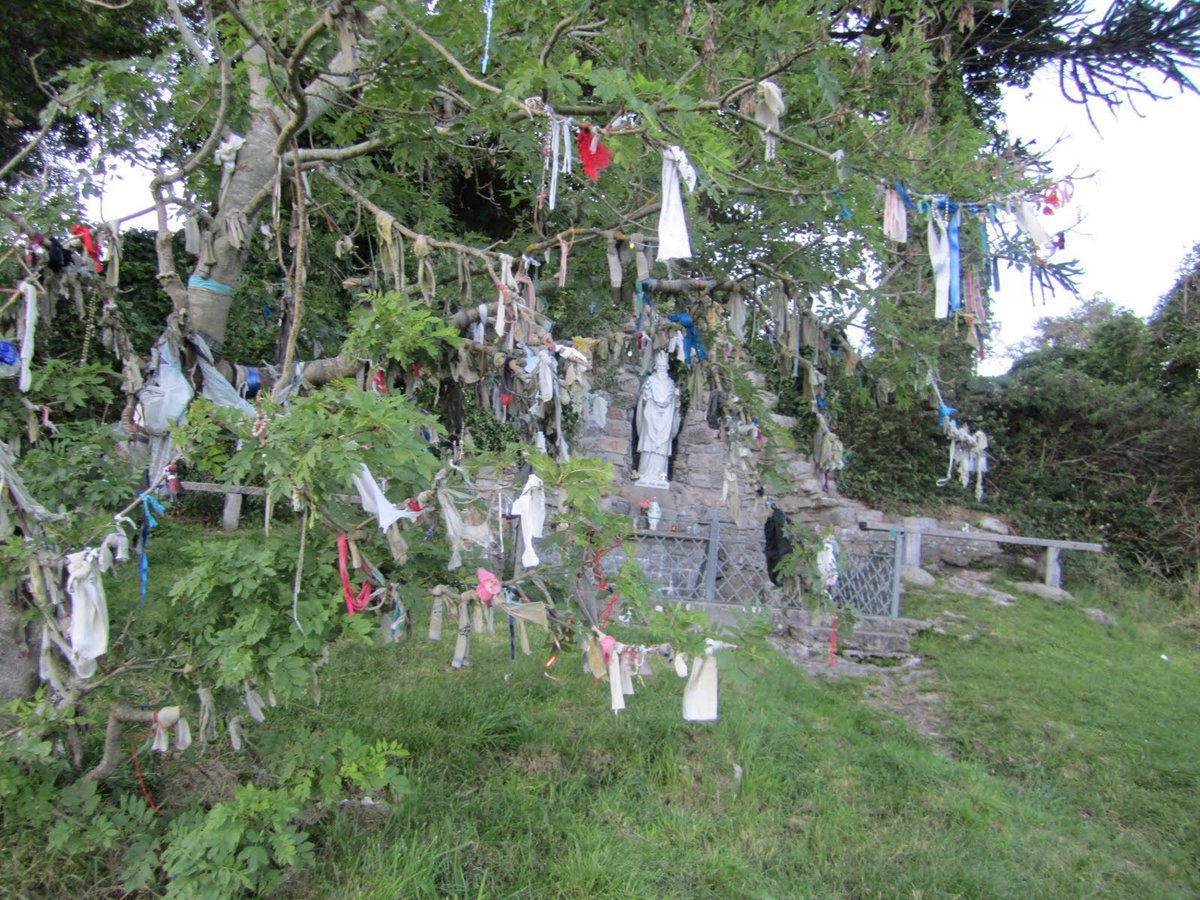
We know from early medieval accounts that great woods were rare. One writer listed The Great Wood of Cooley, The Wood of Déicsiu (near Lough Neagh) & the Wood of Moithre (Connacht). They have long since vanished. 

I’ve used my own or official images in this thread. If one of these images belongs to you I’m happy to cite that or delete. Images are employed under fair use & for educational purposes 

Here’s more on my drawings; with clear lines & bold colours they are life enhancing images to uplift spirits. Take a look!
https://twitter.com/RobertBohan/status/1361370286420094976
• • •
Missing some Tweet in this thread? You can try to
force a refresh






